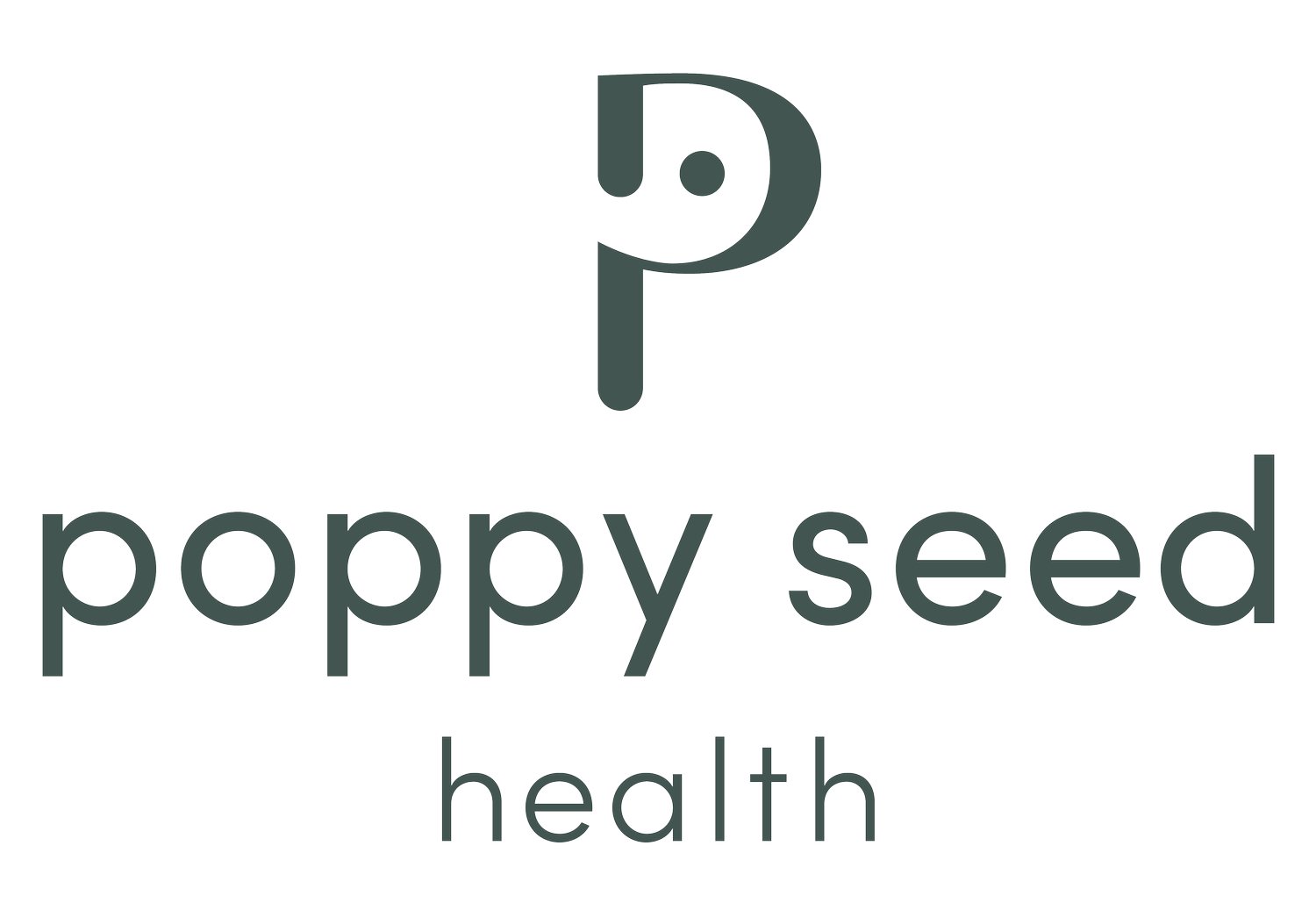Spotlight: COVID-19 Maternal Health Heroes: Kayla Preston, RN
This week we donated 100 shield masks to Ryan Health Women’s and Children on 99th & Amsterdam in Manhattan, which has been serving uninsured and underserved communities since 1971. It was a modern day game of “telephone” that started with our founder, Simmone, sending her weekly “are-you-hanging-in-there” Sunday text to a friend and within 24 hours bringing the resources of the community together to deliver precious PPE masks that ended up with Nurse Kayla at Ryan Health.
“The stars aligned, “Simmone said. “My friend, Janell and I were catching up via text and she mentioned that her fiancé’s sculpture studio, Atta Inc., had transitioned operations into a mask making facility and were donating masks to healthcare providers and front liners. I immediately thought to check in with Kayla, a dear family friend’s little sister, who is a nurse at the maternity care clinic at Ryan Health.”
We quickly connected the dots between Ryan Health’s need for masks and Atta’s generosity.
Karen Atta, the CEO of Atta Inc. offered to donate 100 masks in 24 hours. Here’s what Karen had to say about turning her sculpture studio into a mask-making facility:
“I was inspired by one of Governor Cuomo’s early news conferences during which he asked anyone who thought they could help make PPE for NYC’s medical workers to please step up. At Atta we routinely create unusual and often complicated objects so making masks or face shields seemed like something we could easily figure out. We discussed the possibilities as a team and everyone was instantly on board to make it happen. Like most of the world, we all felt a bit bewildered and helpless at the onset of this pandemic. This has become a way to harness our collective angst for good.”
If you want to support Atta Inc.’s work check out their GoFundMe page here.
Here are some of our favorite quotes from our conversation with Kayla Preston, RN:
Tell us about your personal story. Why did you become a nurse? What drew you to want to work with underserved women in maternity and postpartum care?
The art of nursing came naturally to me, but becoming a Registered Nurse came as quite a process. After starting out pre-nursing in undergrad, I chose to get a bachelor's degree in Public Health and become a social worker for seven years before officially becoming an RN just last year.
In deciding what field to go into, I was already extremely familiar with working with under-served populations, and I noticed the connection I was able to make with my clients from being in the field of social work. When it came to working with the pre-and post-natal population, it was an easy decision because it felt like the biggest and most relevant health disparity in the under-served community was in maternal health. I wanted to use my knack for advocacy and ability to obtain resources to equip these patients as much as possible to beat the staggering statistics.
You only graduated from nursing school 6 months ago! What has the past month been like for you?
I graduated in May, became an RN officially in August, and started working in September. It's quite amazing to think I have been working for only six to seven months and I’m already a supervisor but opportunities happen and I’m a quick learner!
Many of us graduate with a great deal of skills, prepared to complete the nursing responsibilities carefully guided by our clinical instructors and textbooks. But nothing prepares any nurse for a role she (or he) takes on whether it's in ambulatory, a nursing home, or hospital. Experience and adaptability are what makes a great nurse, improves clinical judgement, and what makes dealing with real world unique patient experiences more manageable.
Has there been enough masks and other PPE for you and those you work with at Ryan Health?
We have definitely had some shortages. We had to enact a new policy where we locked all of our supply closets and staff had to ask supervisors for permission to access them. We have run out of, or were in very low supply of, all of these items at different times: n95s, ear loop surgical masks, gowns, goggles, disposable stethoscopes, and face shields, which we are so grateful to receive from donors. It has been a challenge implementing our isolation procedures for an ambulatory care facility and implementing updated policies daily on what type of services we will provide to patients. There was a time that patients who met criteria for isolation screening (after answering several questions related to Covid) would take hours to be screened. Now we can see a patient in isolation in about 20 minutes.
What has the response been like from the community?
We are grateful that the majority of patients understand the importance of staying at home to protect themselves and others. Some have urgent needs that need to be addressed and we do our best to see those patients. There were patients that used to come in related to COVID and that became overwhelming. We had a line of patients waiting to go into isolation at one point, but with the swift implementation of telehealth services that has allowed us to reach patients while keeping everyone safe.
Is there anything that's surprised you?
The impact that COVID had on the community, myself, my work commute, employment, income and financial stability, has surprised me. Although I never expected this type of pandemic, I couldn't be more grateful to choose a field to work in that I'm also passionate about. I also hope to serve as a resource to educate the community as much as possible.

